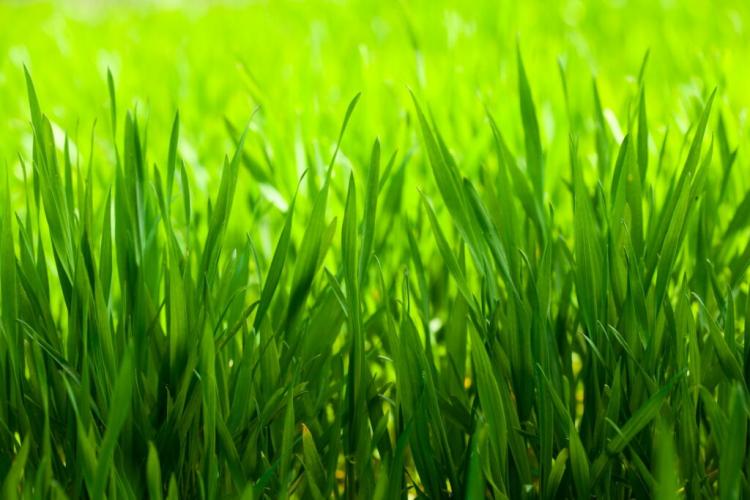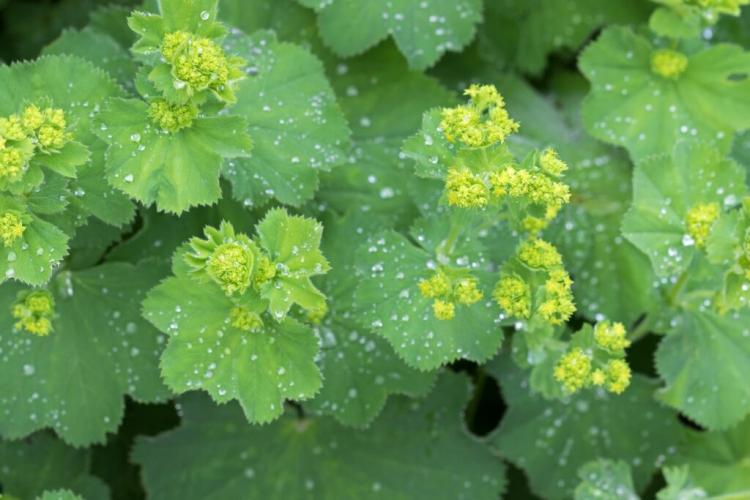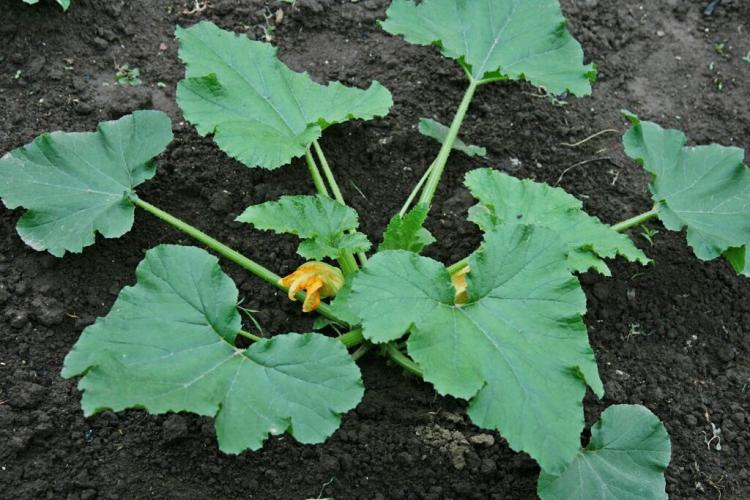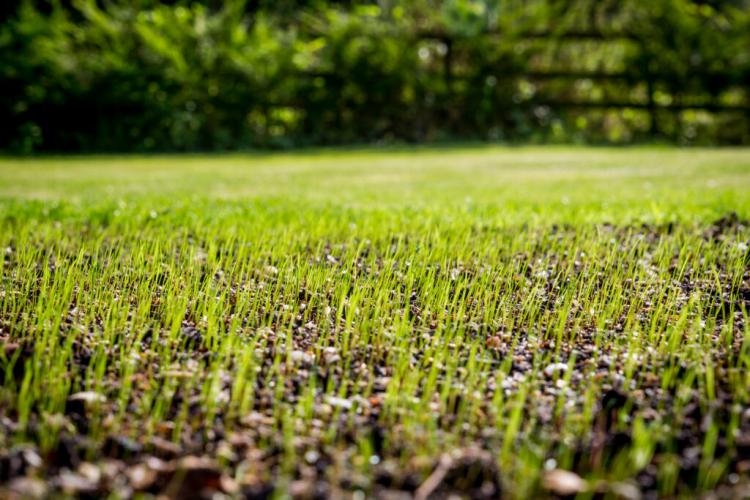Fig tree varieties: Particularly hardy for your garden
With the right variety, the fig tree can also be planted with us. We present hardy fig tree varieties that feel comfortable with us.
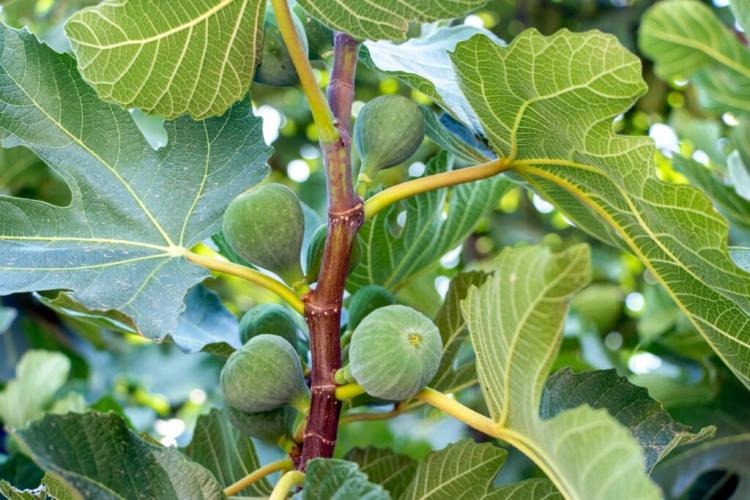
This is how the figs ripen on the tree [Photo: eczserapyilmaz / Shutterstock.com]
The common fig ( Ficus carica ) is a very old cultivated plant that is already mentioned in the Bible. Since that time, however, a lot has happened in terms of breeding, and so there are now a large number of varieties.
Fig tree varieties
Table of Contents
Around 700 fig tree varieties are said to exist. They differ in size, color and taste of the fruits, the type of fertilization and of course in their winter hardiness. If you want to harvest fresh figs from your own fig tree, you should not only focus on the hardiness of winter. It is important for fruits that the fig is self-pollinating and does not need pollinators. The varieties mentioned in this article are therefore all self-pollinating.
Hardy fig tree varieties
Fig trees come from Mediterranean regions, but it is also possible to overwinter the fig tree outside here. It is important to choose a hardy variety. However, even these varieties do not tolerate temperatures below -20 ° C.
The following fig tree varieties are hardy:
- 'Dalmatie' : Often even available in hardware stores; its fruits are yellow-green and taste good; in winter it shouldn't get colder than -12 ° C
- 'Bornholm fig' : Very hardy down to -20 ° C, but not productive
- 'Brown Turkey' : Also suitable for cold areas down to -20 ° C, but only a moderate yield
- 'Hardy Chicago' : Even if it froze above ground in winter, it can bear fruit again the following year
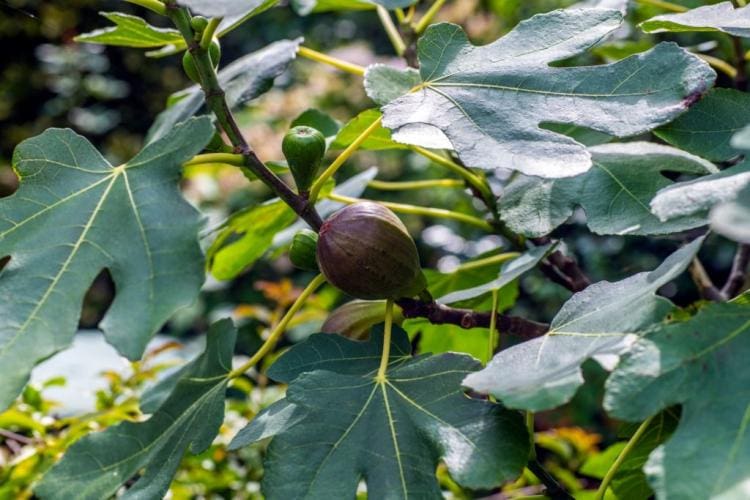
The 'Brown Turkey' variety bears great-tasting fruits [Photo: David Dennis / Shutterstock.com]
Small fig tree varieties for the pot
You can grow the fig tree in a pot, but not all varieties are suitable for this. Some have a very strong growth and should therefore be avoided for the bucket. However, a pot limits the root growth of the fig, which naturally keeps the fig tree quite small.
The following fig tree varieties also thrive in pots:
- 'Dauphine' : The variety is bushy and also brings good yields in pots
- 'Longue de Aout' : Bears yellow colored fruits and is very productive (also 'Banana fig' )
- 'Madeleine des deux Saisons' : Due to its rather weak growth, it is ideal as a pot plant; it bears aromatic fruits
- 'Negronne' : Considered one of the tastiest fine tree varieties; it remains compact and does not become too expansive; however, it should be protected
- 'Osborn Prolific' : Slow growing variety that still bears fruit even in cool summers and gets by with a little less light
Fig tree as a houseplant: varieties for indoors
In addition to the popular Mediterranean fig trees, there are also a variety of Ficus species that are perfect as houseplant. Visually, both variants differ greatly from each other, but in particularly cool areas these species offer a good option to still get a fig tree. Real fig trees grow indoors without any problems, but they have to hibernate in winter.
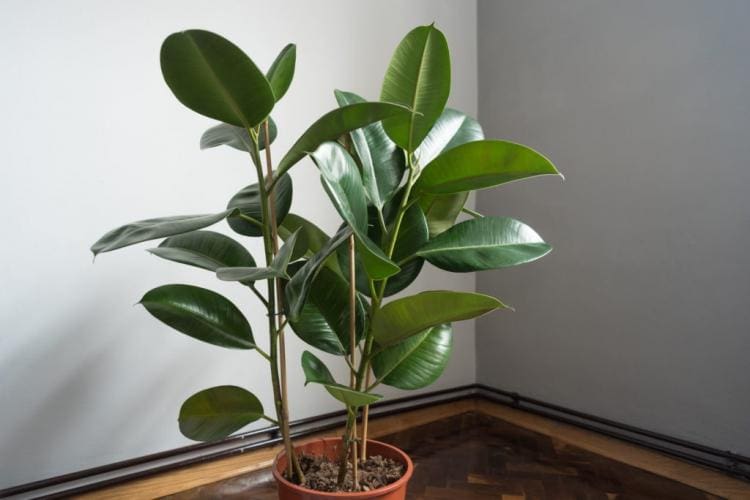
The sweeping rubber tree is extremely popular as a houseplant [Photo: f2.8 / Shutterstock.com]
You can keep the following ornamental fig species in the house all year round:
- Weeping fig ( Ficus benjamina ) : Particularly popular ornamental fig in living rooms and offices; originally from the tropical regions of Asia; very easy to care for
- Benyan fig ( Ficus benghalensis ) : Also called Bengali or Indian fig; Origin South Asia; Strangler fig with large leaves
- Violin fig ( Ficus lyrata ) : large-leaved fig species originating in Southeast Asia; large, spreading growth
- Rubber tree ( Ficus elastica ) : One of the most popular indoor plants; large and pointed leaves; high growth; easy to care for
If you have already selected a variety, you will find everything you need to know about planting your fig tree here.

